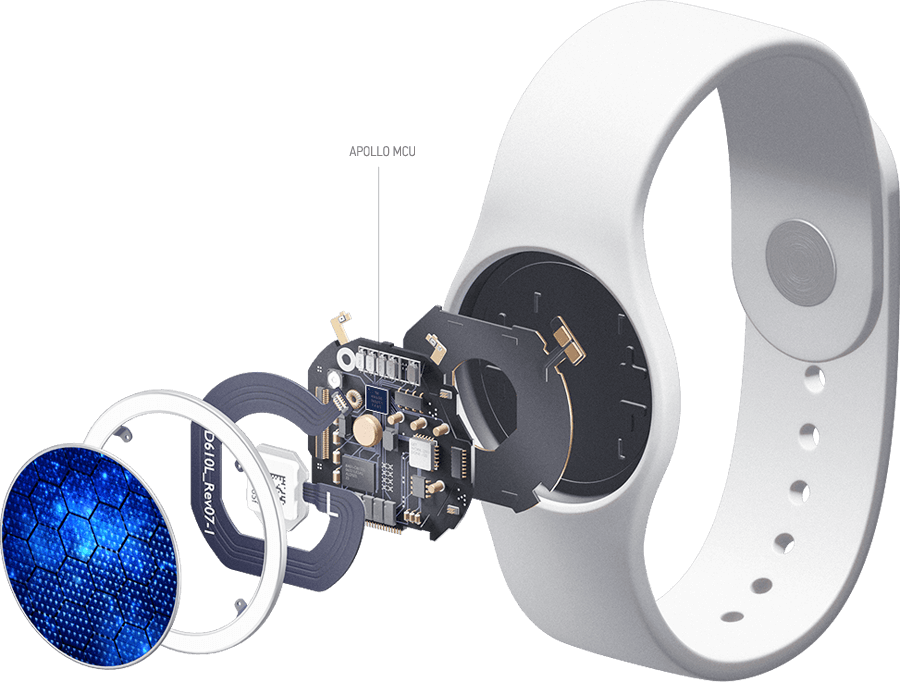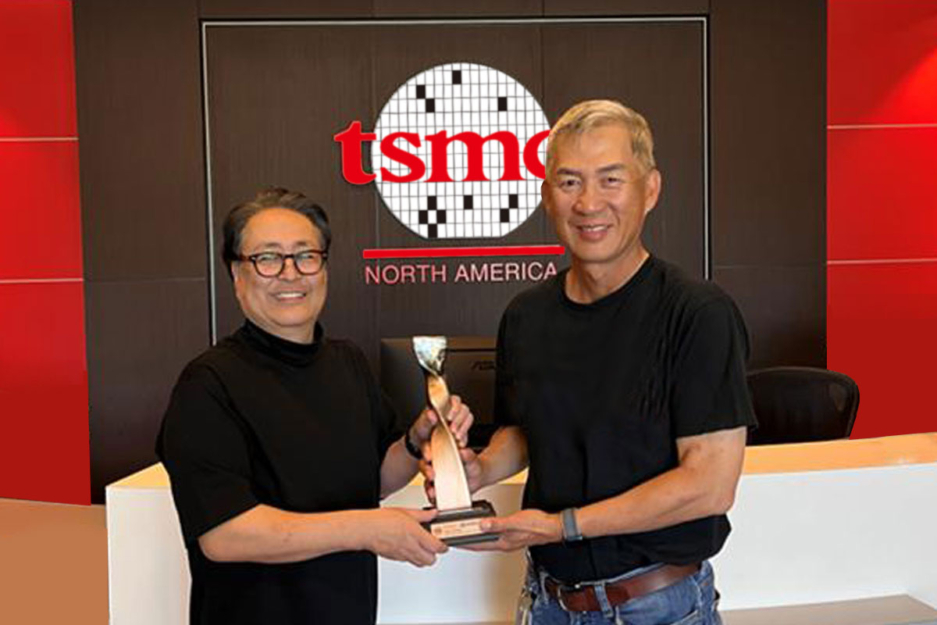
The 3 astronauts spoke in advance of a joint session of Congress on September 16, 1969. They offered two US flags, 1 to your home of Associates and one other towards the Senate, they experienced carried with them to your area of the Moon.
The Apollo 11 primary crew experienced Not one of the close cheerful camaraderie characterized by that of Apollo twelve. In its place, they forged an amiable Functioning marriage. Armstrong in particular was notoriously aloof, but Collins, who deemed himself a loner, confessed to rebuffing Aldrin's makes an attempt to produce a more individual romantic relationship.
With as much as 2MB of MRAM and a couple of.75MB of SRAM, the Apollo4 Plus has in excess of adequate compute energy and storage to take care of intricate algorithms and neural networks whilst exhibiting lively, crystal-clear, and clean graphics.
The obligation for this flight lies initial with historical past and with the giants of science that have preceded this exertion; next With all the American persons, which have, through their will, indicated their wish; following with 4 administrations as well as their Congresses, for utilizing which will; then, Along with the company and field teams that built our spacecraft, the Saturn, the Columbia, the Eagle, and the tiny EMU, the spacesuit and backpack which was our compact spacecraft out within the lunar floor.
For the initial two uncrewed launches, eight stable-gasoline ullage motors ignited for 4 seconds to accelerate the S-II stage, accompanied by the ignition of your five J-2 engines. For the primary 7 crewed Apollo missions only 4 ullage motors ended up applied over the S-II, they usually were being removed for the ultimate 4 launches. About thirty seconds just after to start with phase separation, the interstage ring dropped from the 2nd phase.
They jettisoned Eagle just before they performed the maneuvers that propelled Columbia outside of the last of its 30 lunar orbits on to a trajectory back again to Earth.[9] They returned to Earth and splashed down during the Pacific Ocean on July 24 soon after over eight times in Area.
This pin were meant to be flown on that mission and supplied to Slayton afterwards, but subsequent the disastrous launch pad hearth and subsequent funerals, the widows gave the pin to Slayton. Armstrong took it with him on Apollo eleven.[eighty two] Web site range
Apollo4 Blue 01 Ambiq®, the chief in lower-energy technique on chip (SoC) design, has Once more elevated the bar with the Apollo4 Blue SoC. With the lowest dynamic and slumber method electricity available on the market, the Apollo4 Blue SoC allows designers of upcoming-generation wearables and clever devices to get their innovative merchandise to the next degree.
Nevertheless it wasn’t long right before this prepare fell out of favour. With spacecraft 014, the spacecraft for Apollo two, falling badly guiding, several started questioning the worth of flying a next Block I mission. There wasn’t a lot of the company could understand from a Block I flight that it could then implement towards the Moon-bound Block II missions. Moreover, NASA had long deserted the apply of duplicating missions; not considering the fact that Gus Grissom followed in Al Shepard’s suborbital contrails in 1961 experienced NASA duplicated a mission.
Due to the fact the opportunity to combine wi-fi conversation with far more sensors and computing electric power on to just one little chip carries on to increase in wearable devices, Ambiq has and may continue on to check into new strategies to understand the last word purpose of an smart, connected globe.
Moreover, the Apollo3 Blue Plus comes with a focused 2nd Main to the extremely-lower energy Bluetooth® Very low Vitality five connectivity platform, furnishing excellent RF throughput and leaving plenty of methods available for consumer applications. The Apollo3 Blue Plus adds two further MSPI modules (three complete) and improves the external memory execute-in-position (XiP) aperture from 64MB to 96MB (32MB/MSPI instance). Other upgrades involve inner flash from 1MB to 2MB; SRAM from 384KB to 768KB (TCM sizing remains at Apollo4 blue plus 64KB); plus the GPIO count from 50 to seventy four.
Apollo eleven Commander Neil Armstrong Doing the job at an tools storage place on the lunar module. This is probably the couple pictures that demonstrate Armstrong over the moonwalk. Click image to enlarge.
The third phase remained connected for the spacecraft while it orbited the Earth a person plus a fifty percent times when astronauts and mission controllers ready for translunar injection (TLI).[eleven]
Armstrong will later on validate that landing was his most important issue, indicating “the unknowns were rampant,” and “there were just a thousand things to worry about.”

Get Smart. Use Less Energy.
Ultra-low power SoCs for IoT endpoint devices
that demand complex operations
and longer battery life.
✍ Ambiq® is committed to further improve the quality of life by enabling the intelligence of endpoints while further reducing carbon footprints. Ambiq – your partner in endpoint intelligence.
✯✯✯Based in Austin, San Jose, Hsinchu, Shenzhen, and Shanghai, our leadership and management teams consist of advocates, builders, enthusiasts, entrepreneurs, explorers, incubators, inventors, pioneers, protectors, thinkers, and visionaries. With a diverse spectrum of experiences and skillset, we came together and united with one goal to enable the true Internet of Things where the battery-powered endpoint devices can truly be connected intuitively and intelligently 24/7.
Ambiq Wins the Demo of the Year Award at 2023 TSMC Technology Symposium
September 7, 2023, Austin, TX – Ambiq®, a leading developer of ultra-low-power semiconductor solutions that deliver a multifold increase in energy efficiency, was awarded the Demo of the Year Award by TSMC as a participant of the Innovation Zone at the 2023 TSMC North America Technology Symposium.
Ambiq Wins the Demo of the Year Award at 2023 TSMC Technology Symposium
During Apollo4 plus the April event, Ambiq showcased various product design wins using TSMC’s 22nm technology in wearables, digital health, smart home, Industrial IoT, pet trackers, and retail segments, with industry-leading energy efficiency. Ambiq also featured two live demos emphasizing its leadership in enabling endpoint AI with its HeartKit™ for remote patient monitoring and its graphics display capabilities for a vivid user interface.

TSMC pioneered the pure-play semiconductor foundry business model when it was founded in 1987, helping startup companies accelerate their innovations by providing access to the industry’s leading process technologies and manufacturing capacity. Since 2021, TSMC has expanded that mission with an Innovation Zone at its worldwide Technology Symposiums, highlighting how TSMC partners with startup companies to enable cutting-edge products from various applications, including high-performance computing, communication, automotive, IoT, and consumer segments.
“We’re grateful to TSMC and our booth visitors for allowing us to share our energy-efficient technology and processor solutions with them,” said Ambiq’s CEO, Fumihide Esaka. “We’re moving towards an exciting frontier of AI becoming more engrained with our daily lives. With that vision on the horizon, we will continue to develop innovative and first-of-its-kind ultra-low-powered solutions that keep innovation and sustainability in mind.

Ambiq’s mission is to develop the lowest-power semiconductor solutions to enable intelligent devices everywhere by developing the lowest-power semiconductor solutions to drive a more energy-efficient, sustainable, and data-driven world. Ambiq has helped leading manufacturers worldwide develop products that last weeks on a single charge (rather than days), while delivering a maximum feature set in compact industrial designs. Ambiq’s goal is to take Artificial Intelligence (AI) where it has never gone before in mobile and portable devices, using Ambiq’s advanced ultra-low power system on chip (SoC) solutions. Ambiq has shipped more than 200 million units as of March 2023.
Ambiq Designs Low-Power for Next Gen Endpoint Devices
Ambiq’s VP of Architecture and Product Planning, Dan Cermak, joins the ipXchange team at CES to discuss how manufacturers can improve their products with ultra-low power. As technology becomes more sophisticated, energy consumption continues to grow. Here Dan outlines how Ambiq stays ahead of the curve by planning for energy requirements 5 years in advance.
Ambiq Highlights From Embedded World 2024
Facebook | Linkedin | Twitter | YouTube